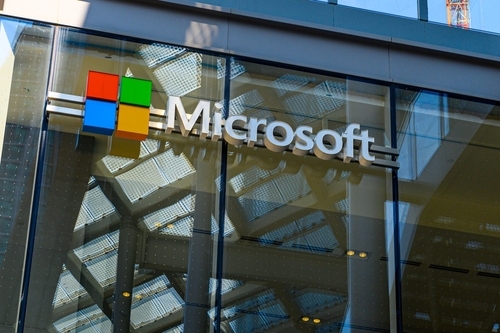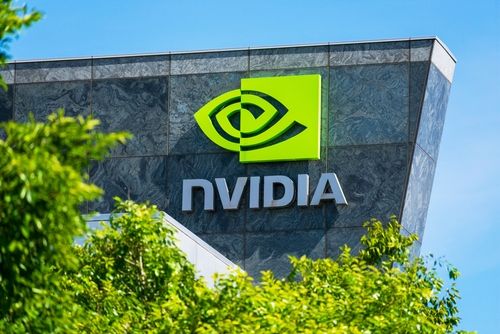1 Growth Stock Down 77% to Buy Right Now


Lyft (NASDAQ: LYFT) has been a disappointment for most investors since its IPO in 2019.
The stock fell shortly after its debut as cutthroat competition with Uber (NYSE: UBER) sank in and investors balked as both companies posted wide losses. The company continued to struggle during the pandemic's height, as the regular use cases for its service, like commuting, nightlife, and travel, were restricted.
In recent years, the stock has remained down, but the business has made dramatic improvements. The company reported its first quarterly profit on a generally accepted accounting principles (GAAP) basis earlier this year as a detente with Uber, in which both companies have scaled back on driver and rider incentives, led to improved results at both companies. It's also rolled out new product improvements under a new management team.
Lyft stock is still down 77% from its peak five years ago, at the time of this writing, even after shares jumped on its recent earnings report. Revenue soared 32% to $1.5 billion on a 16% increase in gross bookings. That was a noticeable contrast with Uber, which tumbled on its earnings report earlier.
Let's take a look at what's driving Lyft's transformation.

Image source: Getty Images.
Product updates are leading the way
Lyft has revamped its business largely with the help of product improvements and updates that have strengthened customer and driver loyalty.
For example, it introduced a program to connect women riders and drivers with each other called Women Connect, which was a requested product and has proven to be popular.
It's also launched a feature called price lock, allowing riders to use Lyft for regular commutes and lock in a lower price than they'd normally pay. The feature costs $2.99/month.
The company has also stepped up efforts to improve driver retention and satisfaction. That includes paying drivers for time when they're stuck in traffic, which is not typically priced into a fare. It's added a new feature that will only give electric vehicle drivers rides that are within their battery range, and drivers can see the estimated hourly rate of a ride before they accept it.
Finally, Lyft is gradually getting rid of its surge pricing, known as Prime Time, as management says that riders don't like surprise price hikes. Getting rid of it has led to an increase in market share and customer satisfaction.
Outside of the immediate ride-sharing business, the company has also launched an advertising business, Lyft Media, selling ads on its app. That business has contributed to the strong growth of its take rate, or revenue margin, which is up sharply as the company has gotten more efficient with incentives for drivers and riders. However, its innovations focused on drivers have paid off. It said that Lyft's driver preference is now 12 percentage points higher than Uber's.
Altogether, Lyft launched 33 products and features this year, showing a productive year for the company.
Why Lyft is a buy
The ride-sharing market continues to grow, and Lyft is capitalizing on the growth in a number of ways. Rides were up 16% in the quarter to 217 million, with 9% growth in active riders to 24.4 million.
The company is also finding new ways to grow, including a partnership with DoorDash and partnerships with autonomous vehicle companies like Mobileye, May Mobility, and Nexar. Lyft riders in Atlanta will be able to hail a ride with an AV company in 2025.
Lyft's long-term targets call for 15% annual gross bookings growth through 2027 and an adjusted earnings before interest, taxes, depreciation, and amortization (EBITDA) margin of 4%, showing steady growth on both the top and bottom lines.
Overall, the company has a large market to grow into as both it and Uber continue to achieve double-digit growth in gross bookings. The business is executing and rolling out new products, and there's a lot of upside potential in the stock, as its market cap is just $7.3 billion. That leaves plenty of room for growth if the company continues to execute.







